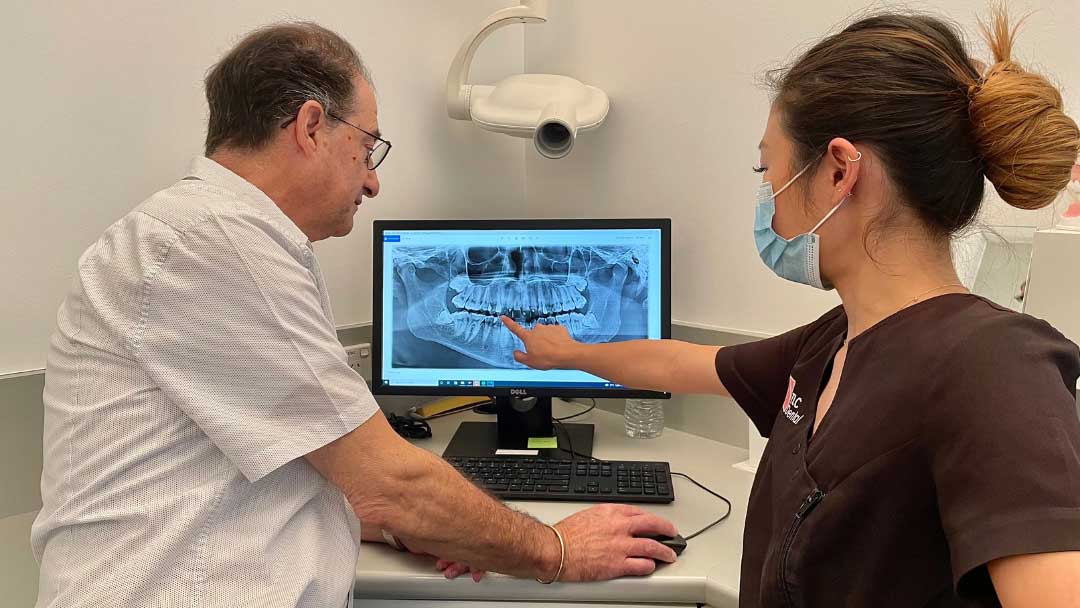A dental veneer is a permanent cosmetic cover that can be placed on the front of teeth, typically covering the front and sides. Dental veneers are either made from porcelain or composite resin and look very natural. They are used for a variety of reasons such as:
- Improving the shape of the tooth.
- Improving the size of the tooth.
- Whitening the teeth
- Improving the look at the gumline
- Cover up a chipped tooth
- More.
There Are Two Main Types of Veneers on the Market Today; Porcelain and Composite, but What Is the Difference?
Porcelain is a very thin shell that is custom-made to fit the teeth. They are very strong and long-lasting and are used to improve the look of the tooth in some way. Typically they don’t stain easily, and the dentist doesn’t have to remove as much enamel as they would for a crown or a cap.
To get a porcelain dental veneer, you will need at least two trips to the dentist. The first trip will be to get an impression of your teeth. The dentist will decide which colour the veneer will look best during this visit and send all this information off to the lab. During your first visit, they will shave down the tooth’s enamel so you will have a better fit. In the next visit, the veneer is attached to the tooth.
Composite dental veneers are made from a material that is bonded with the tooth. It is common that less enamel will need to be removed if you use a composite veneer. You may only need one visit to the dentist for a composite veneer, but that depends on your specific situation. Composite veneers are less costly than porcelain and are easily fixable should they sustain damage. Composites are not as strong as porcelain, so we should discuss your chewing habits, and lifestyle to see if this is the best option for you.
What You Should Know Before Getting Veneers
Veneers are a great way to improve the look of your smile but, they are not for everyone. They will require some maintenance from time to time, and normally they are considered a cosmetic procedure. This means that they may not be covered by insurance but can be an out-of-pocket expense.
Veneers are not good for people that tend to clench or grind their teeth, as this will wear down a composite and chip porcelain. In fact, it is recommended that you wear a plastic dental guard when you are sleeping to prevent this from happening when you are not aware.
Veneers need to have enamel removed in order to be placed correctly. This process cannot be reversed. Once the enamel is removed, it is gone for good. You will need to see a dentist often with veneers in order to ensure they have stayed adhered to as they should and get your regular cleanings.
Having veneers means that you will need to take care of what you eat. They can become dislodged and broken if you bite down on hard objects. If you have veneers, you should avoid chewing your fingernails or on ice to avoid damaging them.
Overall, veneers are a wonderful way to get that smile you have always wanted without the hassle of braces or invisalign™. They are great for those that have really stained teeth as well. Consult our dentist to see if veneers are the right option for your new smile.

